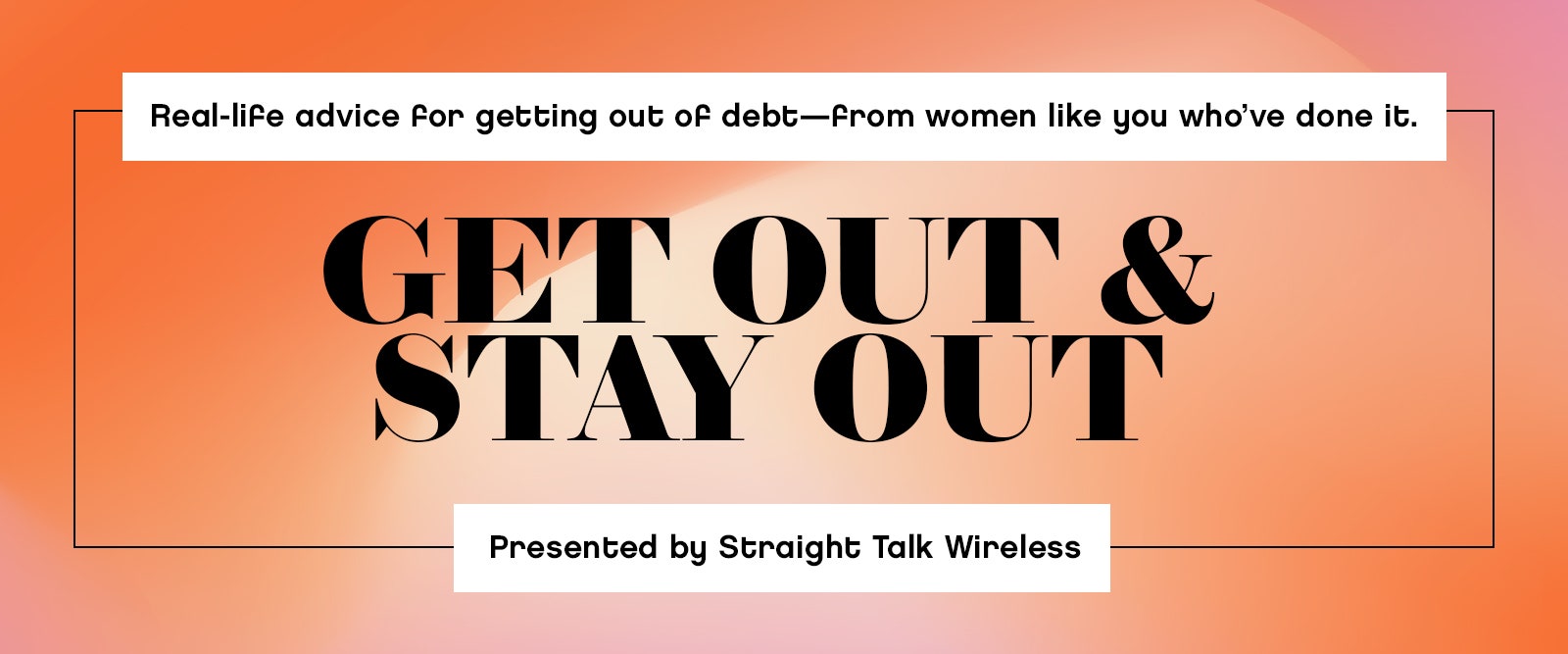
After struggling with compulsive gambling for more than a decade, Christina Cook found herself roughly $75,000 in debt. (She’s not sure how much she lost in total, but estimates it was in the range of a quarter of a million dollars.) “Gambling had taken over my life,” she tells Glamour. “I was behind on everything, and my life had become a hamster wheel of chaos.”
In her late 20s, following the devastating end of a failed relationship, Cook was lonely and found herself spending occasional Friday nights at a casino. Then it became an “every weekend thing.” For about six or seven years, she says, she was able to manage her gambling—but the damage of creating an unhealthy behavior was done. Rather than dealing with the challenges that life threw her way—in her relationships, and beyond—she’d escape to the casino. Fifteen years in, she had lost all control.
By 2021—overwhelmed by the prospects of quitting gambling and getting out of debt—Cook realized her only choice was to ask for help. “I went to my mom the next day and shared with her my truth for the last several years,” she says. “We made a plan, found resources, and I attended my very first Gamblers Anonymous meeting.”
Now she hosts her own podcast, The Broke Girl Society, in order to create a community for other women who have struggled with compulsive gambling. Here, she tells Glamour how she made her first steps toward getting out of debt.
Go to therapy.
The first thing Cook had to do to repair her finances was the most obvious: stop gambling. And to keep from gambling, she began working on her inner self to better understand her addiction. “I attended my first Gamblers Anonymous meeting, started therapy, and worked on a plan of recovery,” she says.
Don’t be afraid to ask for help.
Seeking support from a financial expert—or even a trusted friend, family member, or other advisor—like Cook did, is one way to figure out where to focus your time and energy. “When it came time to tackle my finances, I got others involved,” she says. In order to figure out how much money she could put toward getting out of debt, first she had to figure out what she’d need to cover her “immediates”: house, cars, insurance, utilities, and food.
Consider the “snowball method.”
The snowball method is a debt-reduction strategy that involves paying off your debts in order from smallest to largest. “Once I had my immediates prioritized,” Cook says, “I started working on a snowball plan to focus on paying the rest of my debt off.” The idea is that the momentum the method creates helps change your behavior in a more lasting way—as you experience small victories, you’ll be encouraged to keep going and tackle the bigger challenges.



